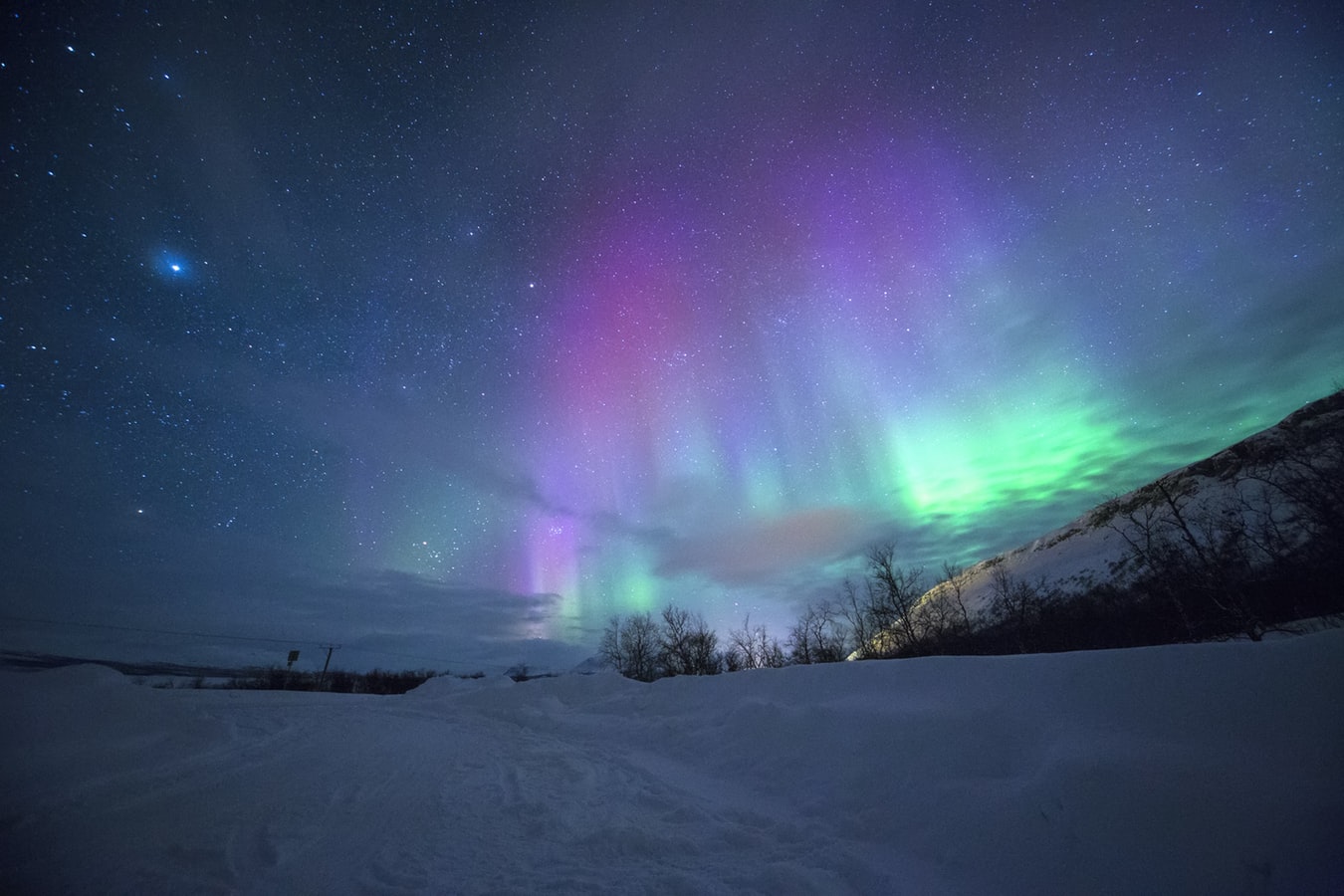Astrochemistry has become a necessary tool for understanding the interstellar medium (ISM) of our Galaxy and external galaxies. Thanks to the development of large (sub-)millimeter telescopes and infrared space telescopes in the last decades, now we are aware of the existence of more than 300 molecules in interstellar and circumstellar regions, as well as of around 70 molecules in external galaxies. To unveil the physical and chemical properties of the underlying material is necessary to understand how this variety of molecules is formed in the gas and ice of such different environments. Laboratory experiments mimicking the conditions of the ISM and quantum chemical calculations are also key to determine the formation and destruction routes of the species identified in space. Only complex numerical simulations using high-perfomance computers can reproduce in a realistic way the physical and chemical evolution of interstellar matter during the formation of clouds, stars, and planets. In this regard, neural networks are becoming a common tool to afford the complex problems that astrochemists need to address.
“Multidisciplinaty School of Astrochemistry” is designed to help PhD students and young post-docs to become familiarized with the astrochemistry. Observations at mm and infrared wavelenghts, molecular spectroscopy, dust properties, chemical models, laboratory experiments, numerical simulations and machine learning techniques, are included in our program. The school mainly focuses on star and planet formation, in order to understand how the precursors of life came to our planet.
For practical reasons the number of students is limited to 50. Students have the possibility to present a poster with their own work (not mandatory). At the end of the school, we will select the best own and give a symbolic poster-prize.
Funded by the Spanish MICIN through project PID2019-106235GB-I00
LOC/SOC: Asunción Fuente (CAB, CSIC-INTA), Gisela Esplugues (OAN, IGN), Patricia Fernández (CAB, CSIC-INTA), Julian José Miranzo Pástor (CAB, CSIC-INTA), David Navarro Almaida (CEA), Pablo Riviere Marichalar (OAN, IGN), Marina Rodríguez Baras (OAN, IGN), Angele Taillard (CAB, CSIC-INTA)
